| Version 8 (modified by , 10 years ago) (diff) |
|---|
Scaling Up: How to Grow the Topology of an Existing Experiment

1. Design the Experiment
|
2. Establish the Environment
2.1 Pre-work: Install geni-lib
- Install the
geni-libtool using the installation instructions for your operating system.
3. Obtain Resources
Now that you are a member of a project, you can create a slice and reserve resources.
3.1 Generate RSpec based on existing smaller topology
- This experiment already works using this [small topology]. Load (but do not reserve) this topology in your favorite to see what it looks like.
- Download this [config file] for the
create_rspectool distributed withgeni-lib. - Open the file using your favorite text editor (
vioremacs). ReplaceXwith the value on your worksheet. If you are doing this outside a tutorial, replaceXwith1. - Run the rspec_gen script on the configuration file:
./rspec_geni.py -r site.txt
- Look at the generated file using your favorite tools (
less,more,emacs,vi).- Can you find each node? Can you find the router node? The host nodes?
- Which interface is the Shared VLAN on? Find where the IP address for that interface is set and change the IP to be
10.100.Y.Xwhere Y and X are provided on your worksheet. Or do in Jacks and download the IP address?
3.3 Reserve Two Virtual Machines at One Aggregate
The Portal is integrated with a tool, Flack, which allows you to draw topologies of GENI resources and then reserve them.
|

Figure 3-3 Launch Flack |
|

Figure 3-4 Flack after it has loaded. |
|
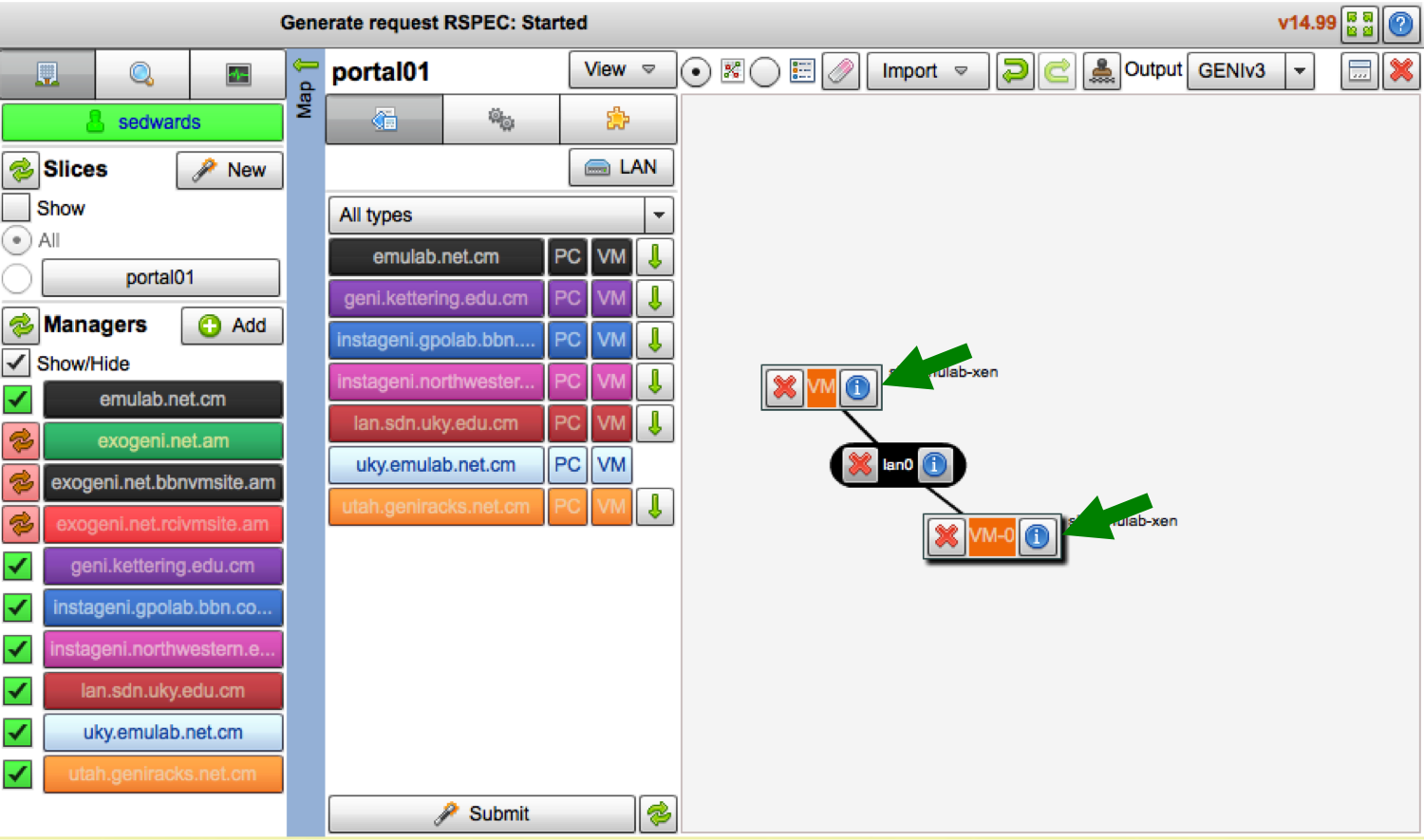
Figure 3-5 Two VMs connected by a link. |
|
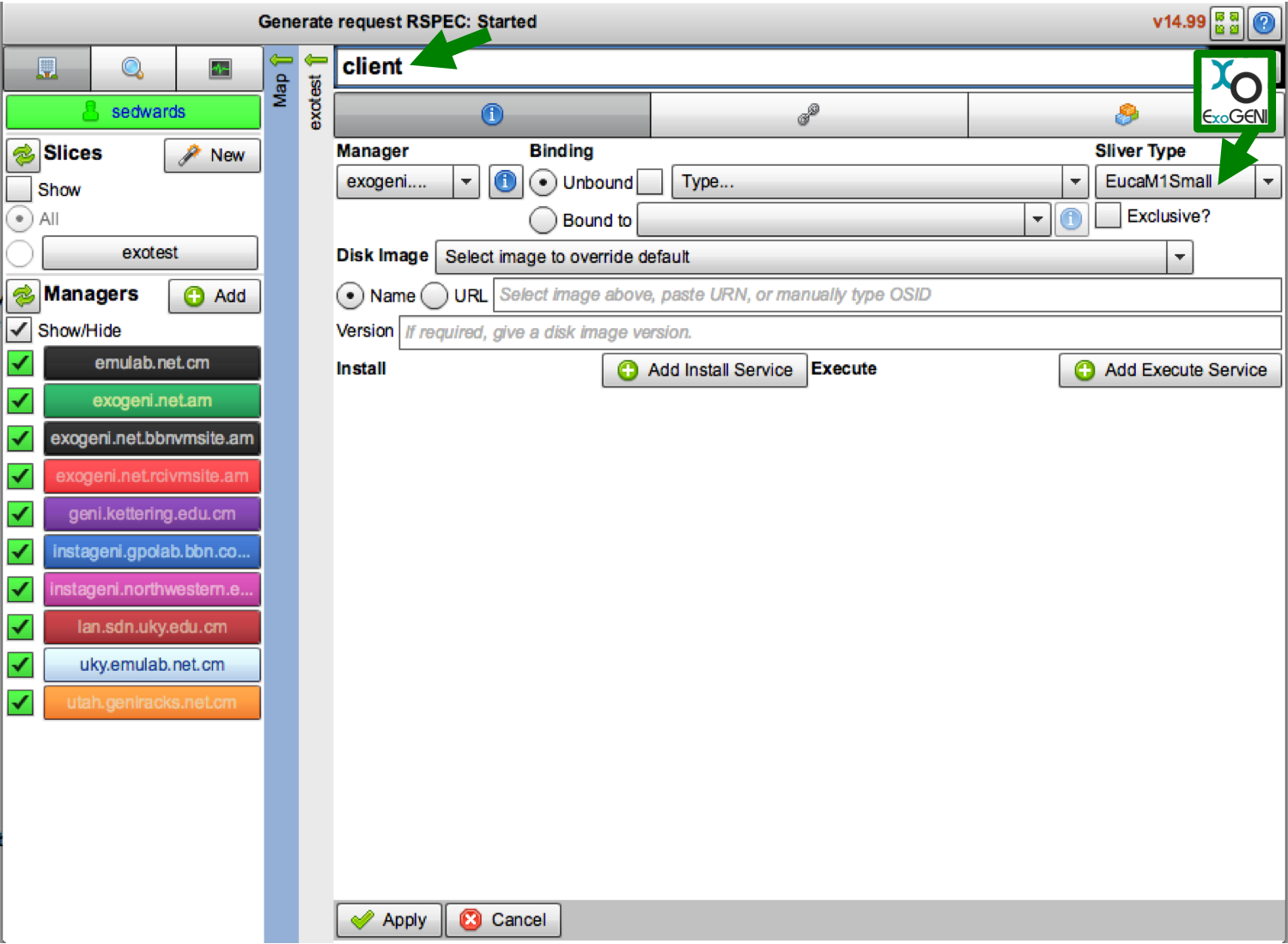
Figure 3-6 Edit the name of the VM. Set the Sliver Type on ExoGENI racks. |
|
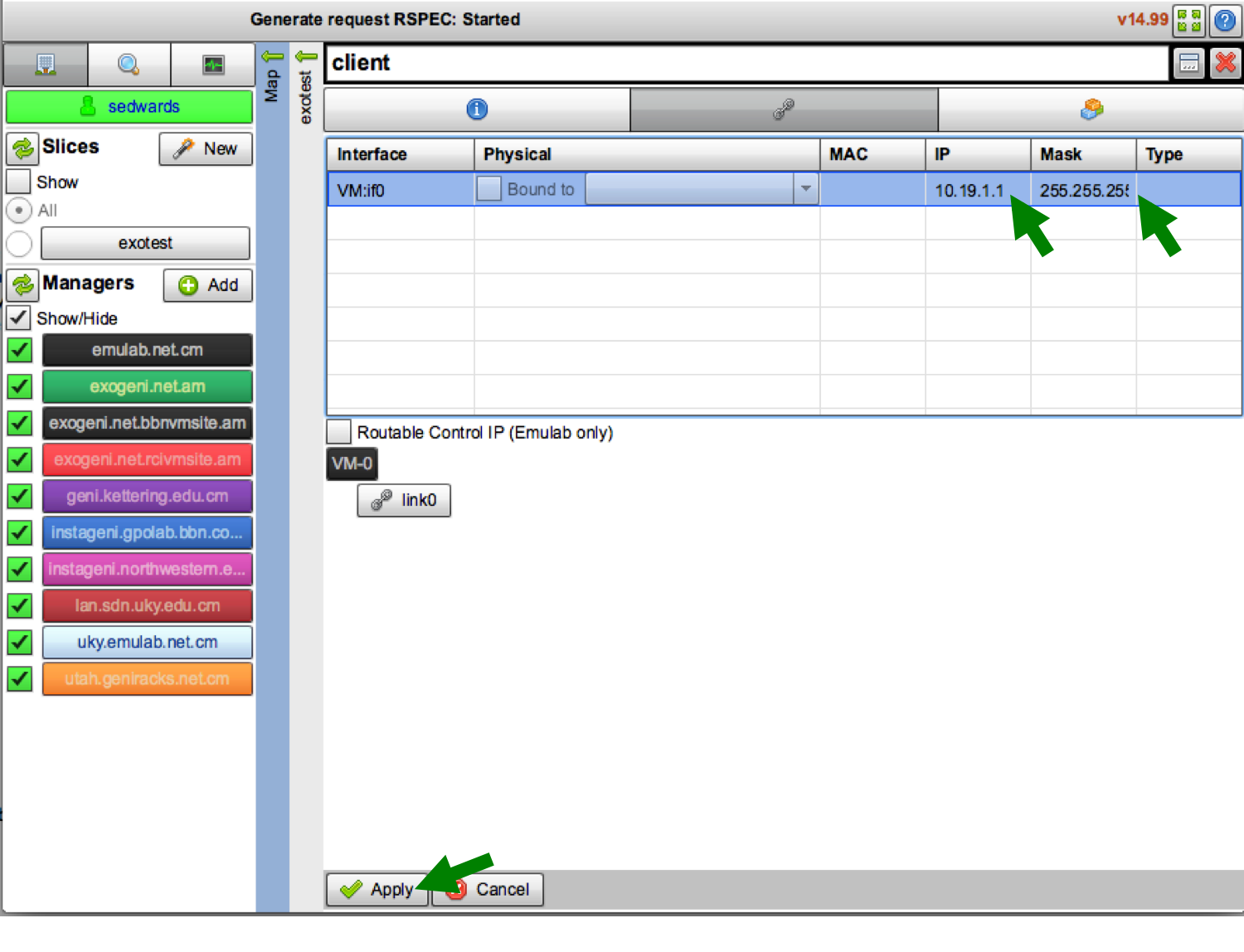
Figure 3-7 Edit the IP Address and Mask of the VM. |
|
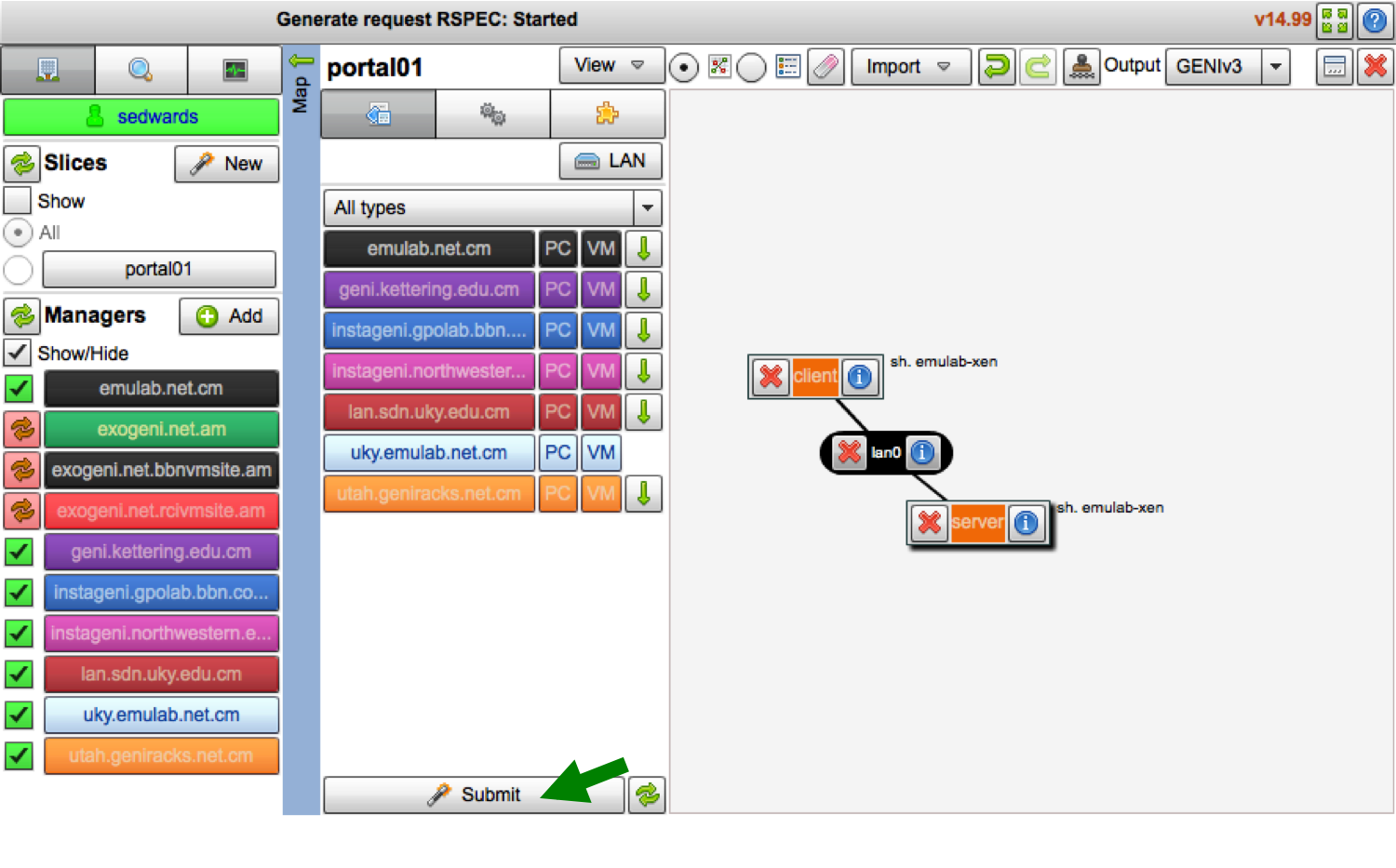
Figure 3-8 Two VMs connected by a link. |
3.4 Check Whether Virtual Machines are Ready to be Used
|
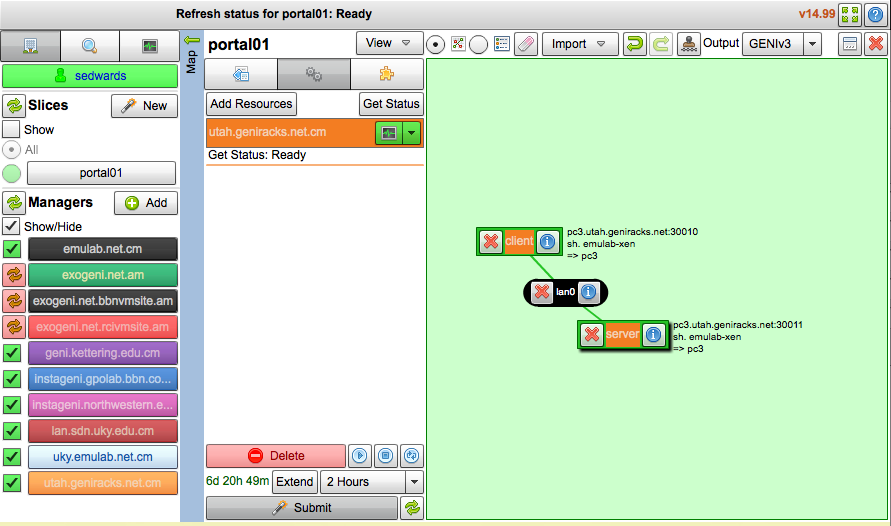
Figure 3-9 Reservation complete. Nodes are ready to login. |
